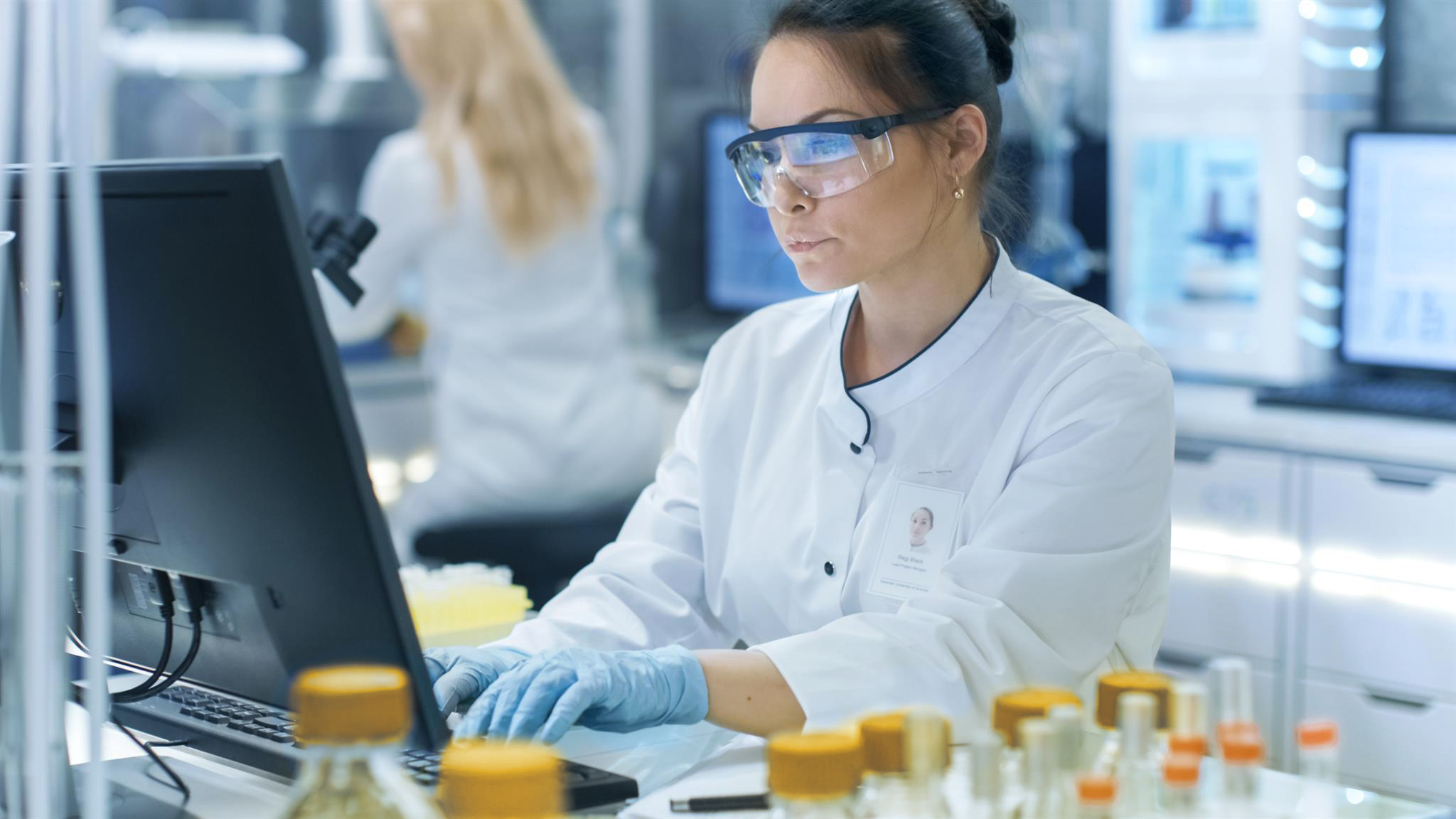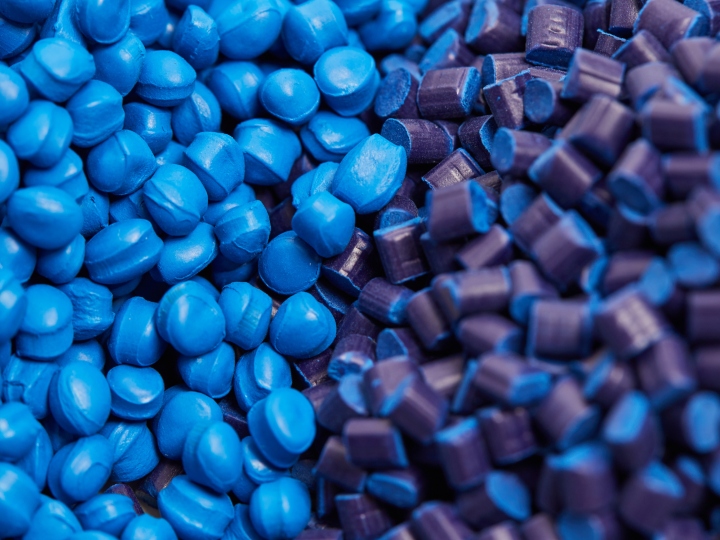Volatile organic compound testing using advanced analysis techniques. From automotive to adhesives and beyond, contact our GC-MS analytical experts today to discuss your VOC testing challenges
Why Monitor VOCs by Analytical Testing?
Volatile organic compound testing is crucial across various scientific applications, demanding adaptive analytical approaches. VOCs are emitted as gases from certain solids or liquids, typically characterised by high vapour pressure and low water solubility and are often organic chemicals used in or resulting from manufacturing processes. Their release into the environment can occur during product use or storage. Monitoring human exposure to VOCs is a significant concern, with multiple industry sectors establishing methods, standards, and acceptable VOC levels including automotive, plastics and polymer applications, pesticides, cleaning products, paints and adhesives.
Key Highlights of our VOC Testing Services
- GC‑MS, HS‑GC‑FID, TD GC-MS, QToF, MS/MS, pyrolizer technologies used
- Tailored methods for industries: automotive, plastics, food packaging, cosmetics, pharmaceuticals, medical, indoor air
- Over 30 years of experience providing independent VOC laboratory testing
- Compliant with ISO, ASTM standards, OEM-specifications, Pharmacopoeia and more
- Key benefits: odour detection, contamination troubleshooting, failure analysis, regulatory support, supporting sourcing raw materials
- Serving all geographic regions with Centres of Excellence for laboratory testing in the Americas, Europe and Asia
Our scientists employ VOC testing to tackle complex issues, such as identifying odours, emissions, or deposits formed under specific conditions, including hazing in polymer films during processing. This analytical tool aids in understanding intricate processes, resolving contamination issues, conducting failure analysis, and ensuring stringent quality control. VOC testing plays a pivotal role in validating materials and processes, ensuring the safety and reliability of products, materials, and environments. Its versatility extends to supporting sourcing decisions and validating compliance with regulatory standards, making it indispensable in modern scientific and industrial practices.
VOC Testing Methods
It is important to select the most suitable VOC analysis approach for the sample and situation in question. We use several laboratory techniques such as gas chromatography-mass spectrometry (GC-MS). We use VOC test methods such as headspace or thermal desorption GC-MS and can also apply accurate mass determination approaches, which provide a higher likelihood of identification. The capability of dynamic headspace is also available, which further concentrates the sample before being injected into the GC, again boosting sensitivity. Headspace gas chromatography with flame ionization detection (HS-GC-FID) can be used in certain cases where a rapid screen is required for certain anticipated volatile organic chemicals.
We also use a pyrolizer combined with thermal desorption which enables precise control over specific temperatures or temperature ranges, allowing researchers to replicate processing conditions accurately. This setup facilitates the identification of substances released at defined temperatures, making it possible to compare samples from successful and problematic processes. By mirroring real-world conditions, this technique supports targeted analysis and enhances understanding of material behavior during thermal events.
VOC methods can be challenging as these substances are typically present at low levels in samples. Our scientists use techniques such as Quadrupole Time-of-Flight (QToF), mass spectrometry (MS), and dynamic headspace to help overcome this problem. We can also deploy tandem MS (or MS/MS) for analysis of complex sample matrices, which is ideal for targeting specific compounds of interest with high levels of sensitivity.
Volatile Organic Compounds Testing: Application by Industry
VOC analysis plays a vital role in assessing material safety, product performance, and regulatory compliance across a range of industries. Our experts have supported many sectors, generating science-backed insights to address key regulatory compliance, production contamination and development support questions:
Automotive: interior emissions, OEM‑standard testing, heated chambers, odour, fogging
Polymers/Plastics: NIAS, phthalates, odours, food‑contact solvents, pyrolysis by‑products
Packaging: Rapid screening to detect monomers or low molecular weight (LMW) compounds in materials intended for food contact migration studies.
Agrichemicals: Control of residual solvents from production
Medical Devices: HS-GC enables precise determination of ethylene oxide (EO) residues from sterilisation processes, ensuring medical devices meet stringent safety and regulatory thresholds.
Coatings: Enables control of VOCs for safety assessment
Indoor Air & Building Products: spray foam emissions per ASTM/EPA; cabin air emissions
Personal Care Products and Cosmetics: Detecting restricted substances such as 1,4-dioxane in shampoos or make-up
VOC Testing for Regulatory Compliance
Techniques such as headspace gas chromatography (HS-GC) are widely used for detecting regulated substances like 1,4-dioxane in personal care products to ensure adherence to safety standards, particularly where some sample types are challenging to analyse using conventional GC-MS. As regulations evolve, for example, in the areas of cosmetics or food contact compliance, our experts can tailor robust analytical methods for your products, enabling you to demonstrate continued compliance and facilitate ongoing regulatory submissions.
Beyond these targeted applications, our VOC analysis expertise encompasses a broad spectrum of capabilities, testing plastics and polymers, automotive interiors, and supporting standards such as ISO, ASTM, JEITA and ECMA protocols. Additional expertise includes indoor air quality certification, evaporative emission testing, and assessments of both aqueous and non-aqueous mixtures.
30 Years of VOC Testing Expertise
We have provided independent laboratory services for VOC testing for over 30 years. By applying a suite of VOC testing services, our global team of analysts can develop methods tailored to your specific needs. We support product safety, regulatory compliance, and process optimisation across a broad range of industries. Using a diverse suite of advanced analytical techniques and expert interpretation, we are ready to help you resolve even the most complex VOC monitoring requirements.
Contact us today for tailored VOC testing.
VOC Measurement Expertise
- Volatile Organic Compounds in Pesticides Analysis
- Plastics and Polymers Volatile Organic Compounds Testing
- Automotive Volatile Organic Compound (VOC) Testing
- VOC/VOC+ Indoor Air Quality Certification


